
Though opinions may vary on what constitutes maximalist footwear, we at Natural Footgear would categorize any athletic or casual shoe with significant padding or material under the foot’s sole as maximalist. Our feet and footwear philosophy is quite clear, and one of the principles that we believe in most strongly is embodied in this quote from podiatrist and natural foot care pioneer Dr. William Rossi:
To what degree possible, a shoe should have only two functions: as a non-intrusive, protective covering, and as an ornamental dressing.
In truth, maximalist shoes go far beyond simply protecting the foot’s sole, placing an excessive amount of material between the foot and the ground. Whether or not they constitute a pleasing ornamental dressing is really a matter of personal taste. As we’ve discussed in our Shoe Cushioning Myth article, any shoe with significant padding strips the foot of its ability to sense the ground, unfavorably alters gait, and encourages excessive joint loading. It’s far better, we believe, to put your feet in shoes that encourage optimal tactile feedback and allow your feet to become stronger on their own. Shoes with less sole and greater sole flexibility encourage gentler footfalls during athletic activity, including walking, which translates into reduced loads on the joints and their supporting tissues.
An additional reason why we don’t support maximalist shoes is that most models incorporate a quartet of injurious design characteristics, including heel elevation, toe spring, tapering toe boxes, and rigid, inflexible soles. These unnecessary design elements simply compound the problems already created by excessive stack height (stack height is basically the thickness of whatever is under your foot, and it usually refers to the combined thickness of the shoe’s outsole, midsole, and insole). So, despite the rise in popularity of maximalist athletic shoes, we do not consider this type of shoe to be foot-healthy. Learn more about problematic shoe design features in this post from our Educational Articles blog.
Caveat: Some folks who are transitioning to foot-healthy footwear after decades of wearing conventional shoes may benefit from slightly more material between the foot and the ground, though most people in this category do just fine with stack heights in the 10-20 mm thickness range (a shoe such as the Lems Trail Blazer, with a stack height of 14 mm, makes for a great transitional foot-healthy shoe). Most maximalist shoes possess a stack height of at least 30 mm, and sometimes even up to 40 mm.

WANT TO IMPROVE YOUR FOOT HEALTH?
Let the team at Natural Footgear help you! Subscribe to our newsletter for the latest offers and helpful info, and sign up for our FREE email courses on various topics and foot health conditions.
Sign Up →
Want to Improve Your Foot Health?
We are here to help you every step of the way. Get our newsletter for the latest offers and helpful info, and sign up for our FREE email courses on various topics and conditions, including bunions, hammertoes, neuromas, plantar fasciosis, shin splints, ingrown toenails, and more.
Sign Up →
 Toe spring is a design inclusion or element present in most conventional footwear, including athletic shoes. It’s touted as a positive feature (it’s said to assist in the toe-off phase of walking and running), but in reality, it is neither helpful nor necessary, and is, in fact, problematic for the foot and toes. Defined by the ramping or elevating of the toes above the forefoot, toe spring is a major...
Read more
Toe spring is a design inclusion or element present in most conventional footwear, including athletic shoes. It’s touted as a positive feature (it’s said to assist in the toe-off phase of walking and running), but in reality, it is neither helpful nor necessary, and is, in fact, problematic for the foot and toes. Defined by the ramping or elevating of the toes above the forefoot, toe spring is a major...
Read more



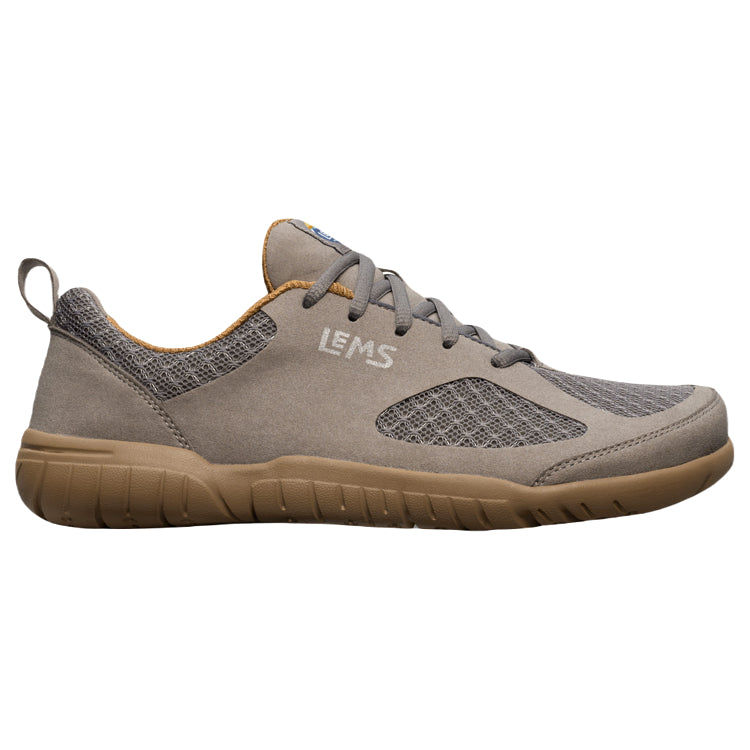
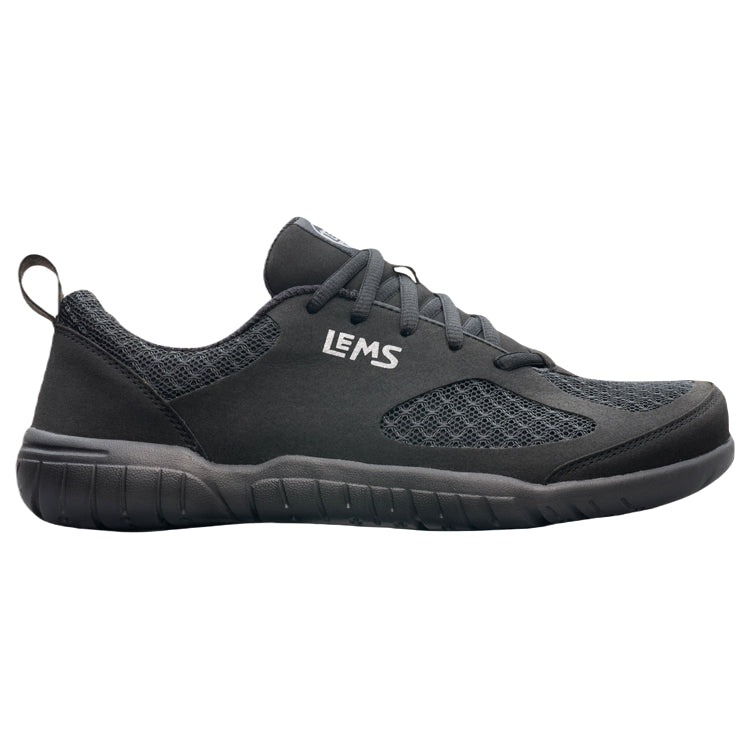
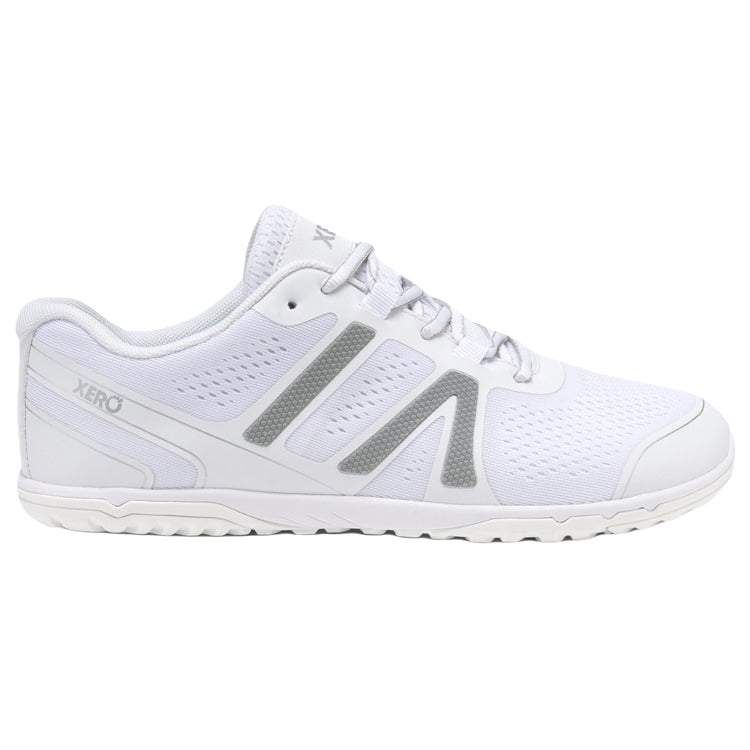
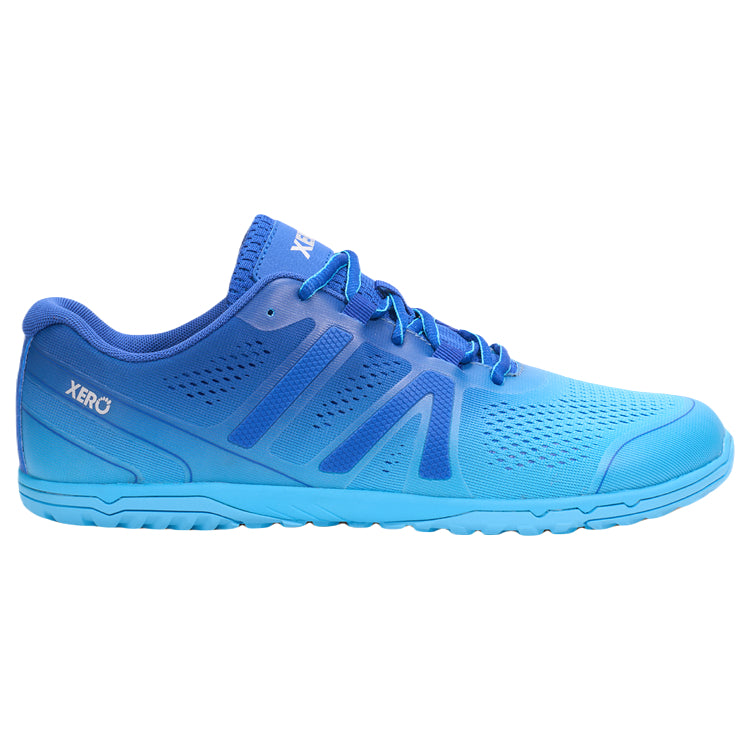
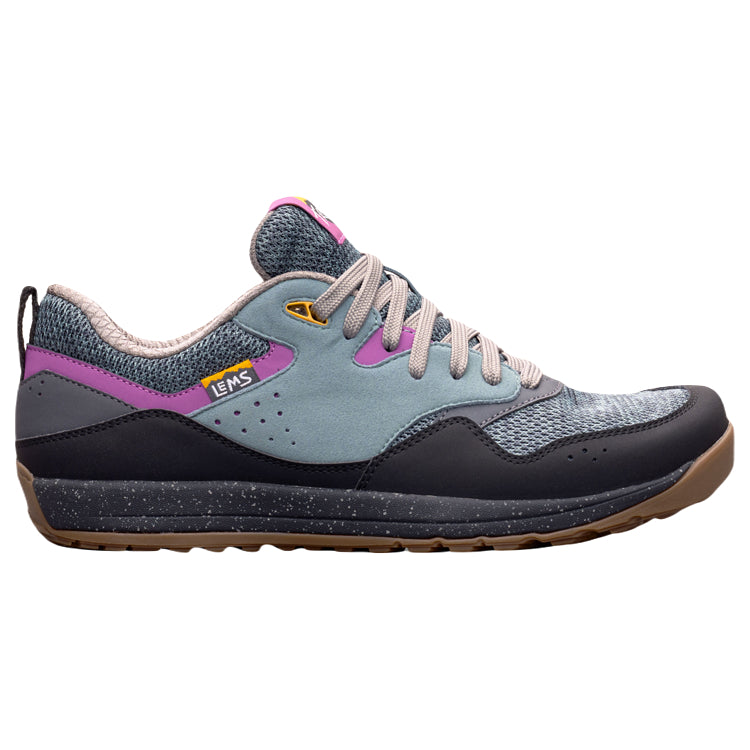
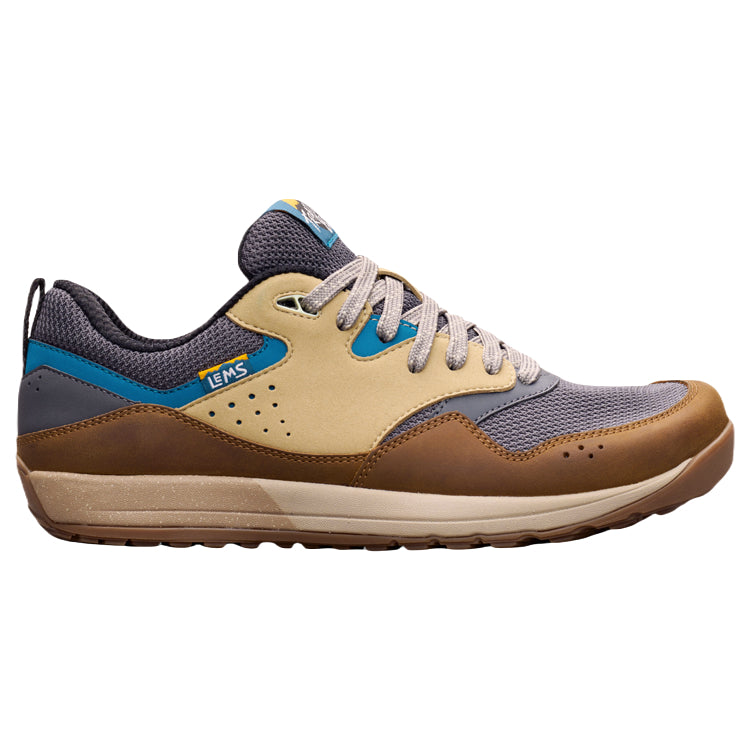
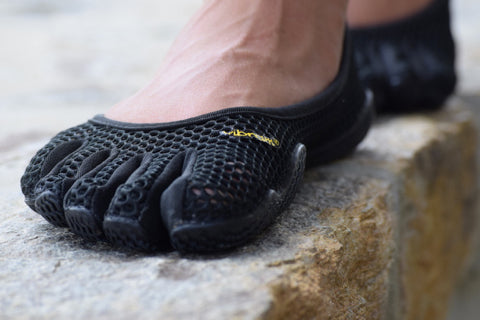


I love minimalist shoes. But after one hip replacement and the possibility of another (I’m 70 and did not make the best choices when I was young and full of myself), I’ve faced the fact that I need more padding between my foot and the planet. I’ve been on a very expensive odyssey and would love to hear feedback from anyone. For a zero-drop, wide toe box shoe, the Lems Primal Zen is the best I’ve found. But I want more padding. I’m almost ready to compromise on zero-drop. I have donated hundreds of dollars worth of shoes to Goodwill (HOW can anyone wear Hokas?). Altras are borderline okay, but so stiff in the sole as to make me furious. Any suggestions?
Hi, BJ,
Thanks so much for your comment. It sounds like you’re looking for a balance between comfort and foot health, which can be challenging, especially after a hip replacement. If the Lems Primal Zen is your go-to but you need more padding, you might want to look further into the various Altra models or perhaps certain Topo Athletic models that offer a wide toe box and a zero-drop platform with more cushioning beneath your foot.
Kind regards,
Robyn Hughes, ND
While I agree with you in principle, I am very thankful for my maximalist shoes. I have a long-standing injury in my metatarsophalangeal joint. I wear Altra shoes outdoors and Oofos Recovery Slides indoors. These are pretty much the only shoes I can wear, and they allow me to function and keep my injury from getting worse. Hope to reach a point someday where I can transition to minimalist shoes.
Hi, Michael,
Many thanks for your comment. I’m glad to hear that your Altras and Oofos are providing you with foot comfort and pain relief. While transitioning to minimalist shoes may be a longer-term goal, there’s no rush—take it at your own pace! When you’re ready, you might consider trying minimalist shoes from the Lems or Xero lines that possess a flexible sole with moderate levels of cushioning.
All the best,
Robyn Hughes, ND
While most people don’t need maximalist shoes, as a practitioner treating foot and ankle injuries, I feel that they have an important role when mobility has been lost. Loss of ankle dorsiflexion and great toe extension can make walking difficult and require significant compensation as the joints try to offload and stress other parts of the foot. A maximalist shoe with a rocker sole can greatly assist gait and relieve pain in this situation. I would be lost without this solution, and so would my clients, and there are many who are grateful for their existence.
Hi, Robyn,
Thank you for sharing your comment and professional perspective. I hope your clients with mobility and range of motion losses continue to benefit from your approach and any footwear that alleviates pain or discomfort.
Kind regards,
Robyn Hughes, ND